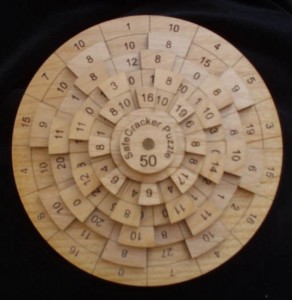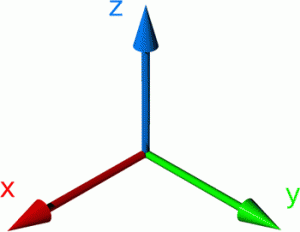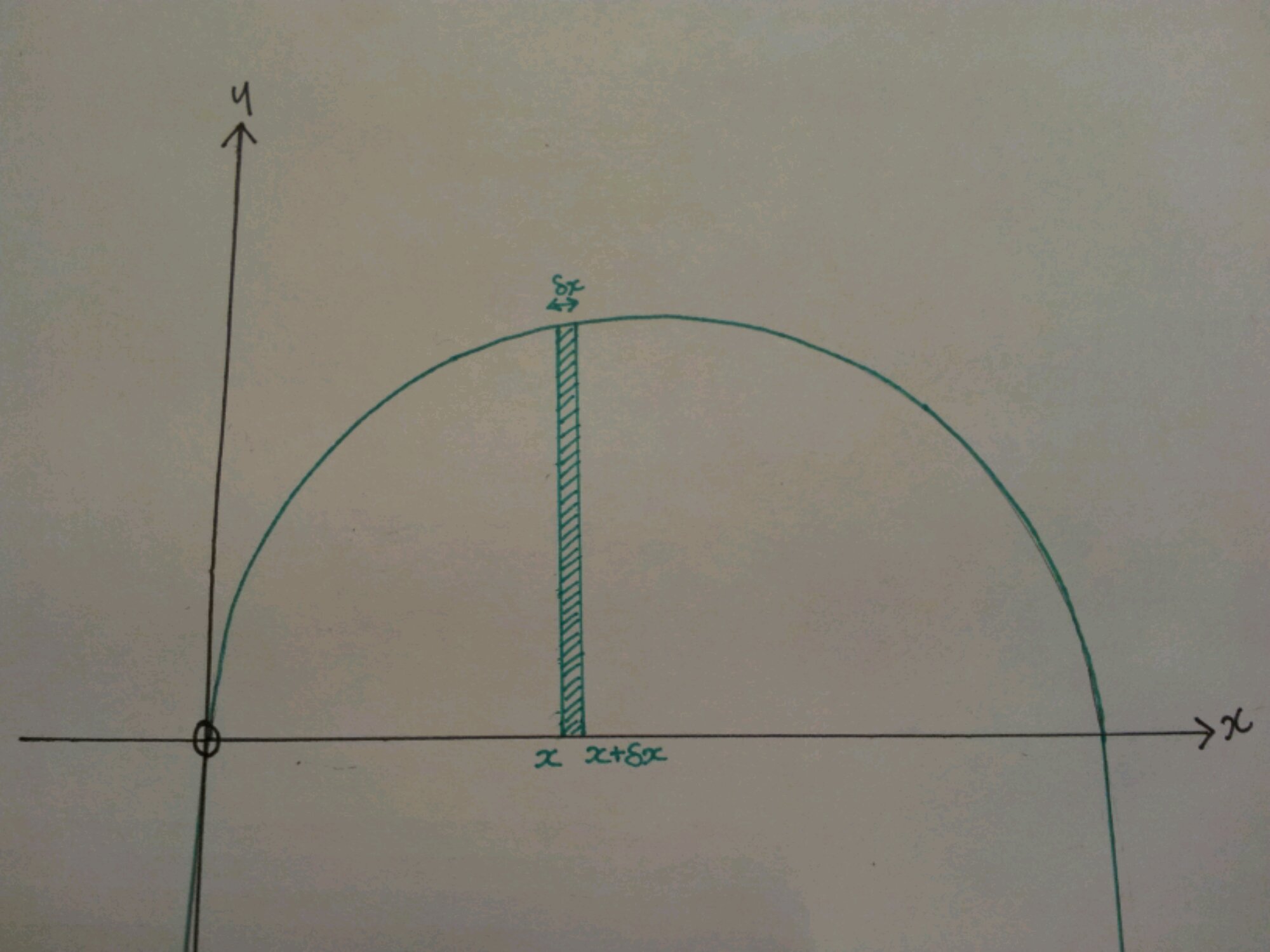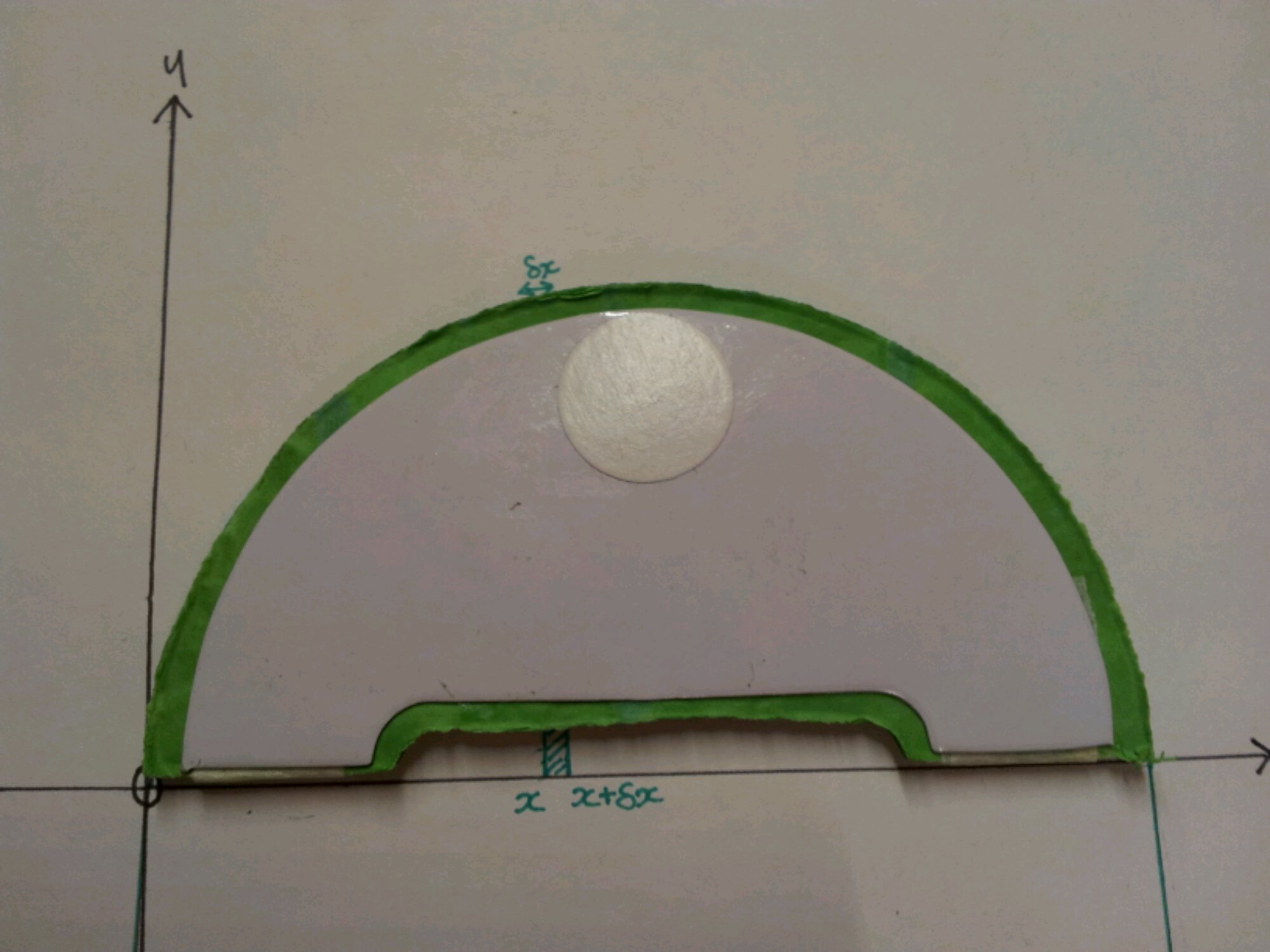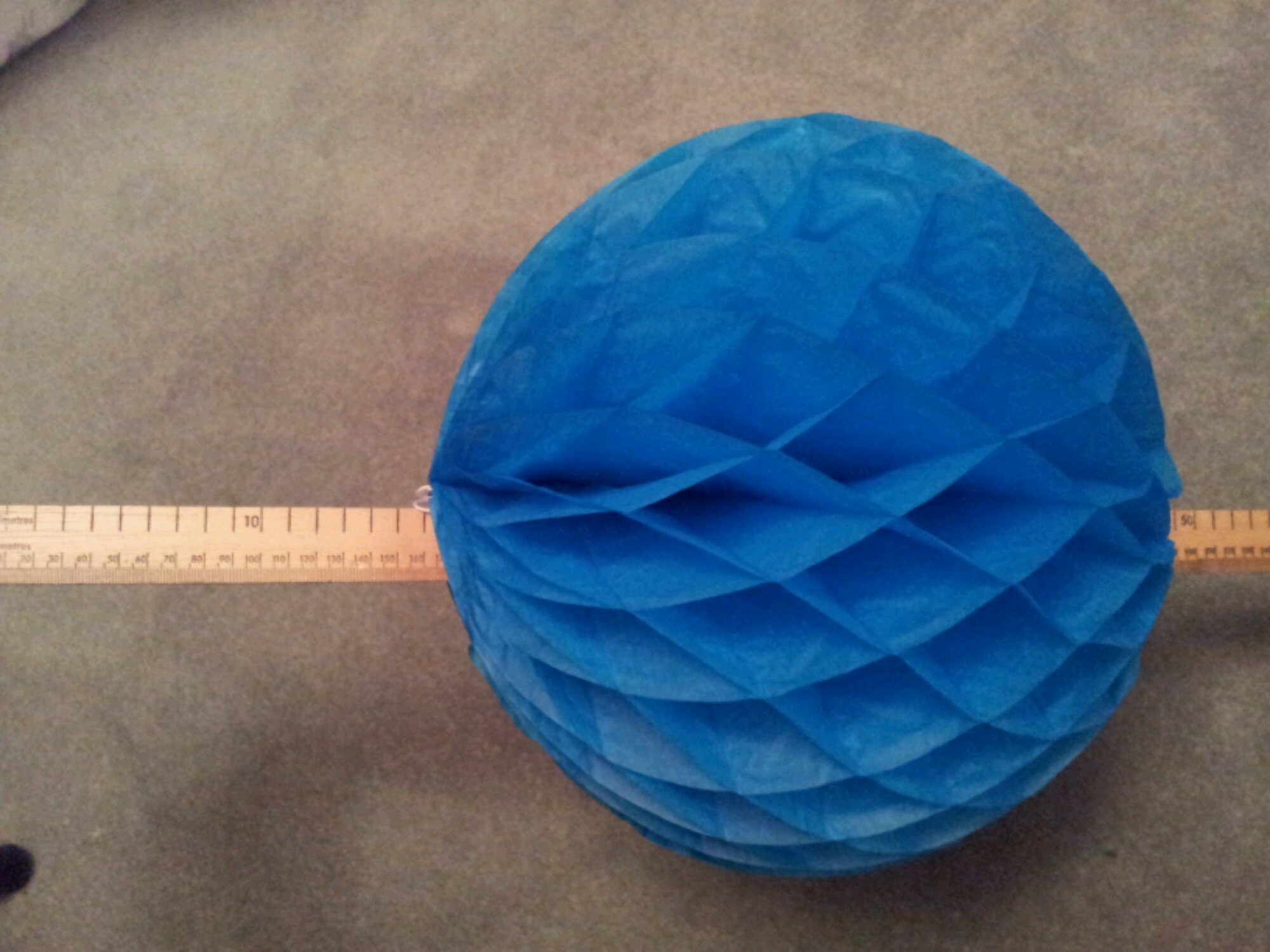Here’s a two in one post for you, with a wooden theme:
Tree 1
This fascinating wooden puzzle is available on Etsy. Each line has to add up to 50 – simple? Not as easy as you’d think. A perfect classroom extension puzzle or gift for a puzzle fanatic!
Tree 2
A little starter on logarithms, with a touch of safecracking too!
The questions are sourced from an A-Level textbook – why not make your own textbook tasks more interesting by creating your own safecrackers on the board? Five minutes prep = puzzle fun!

